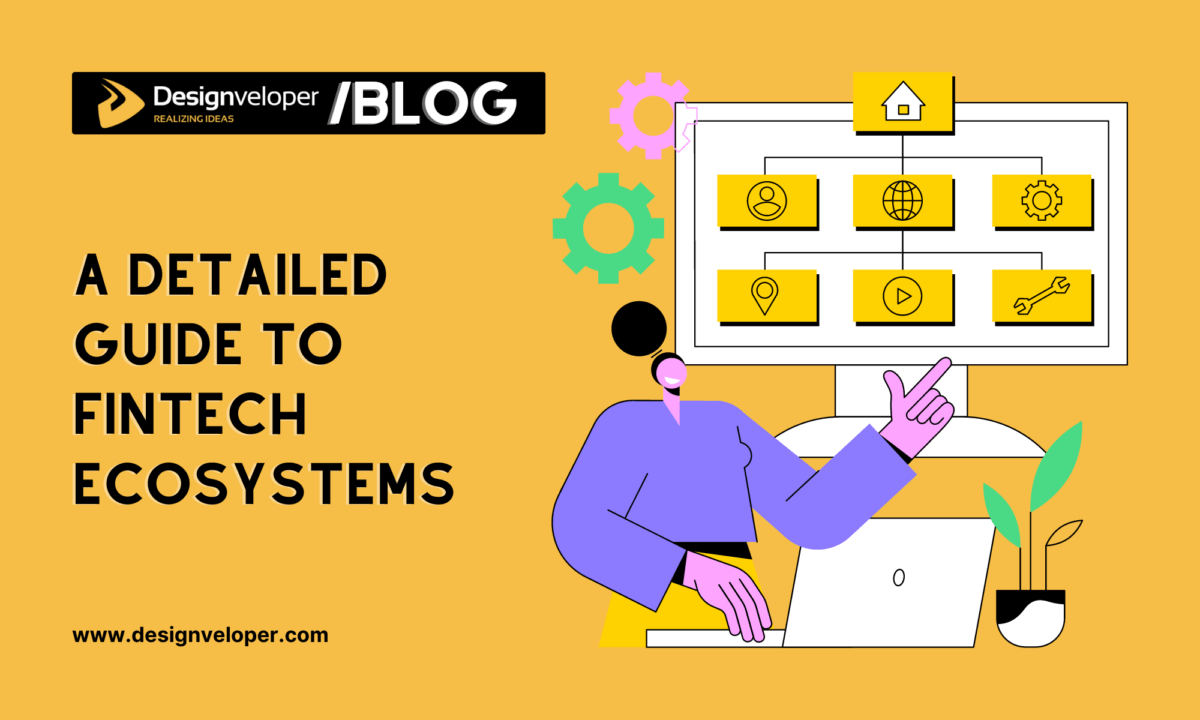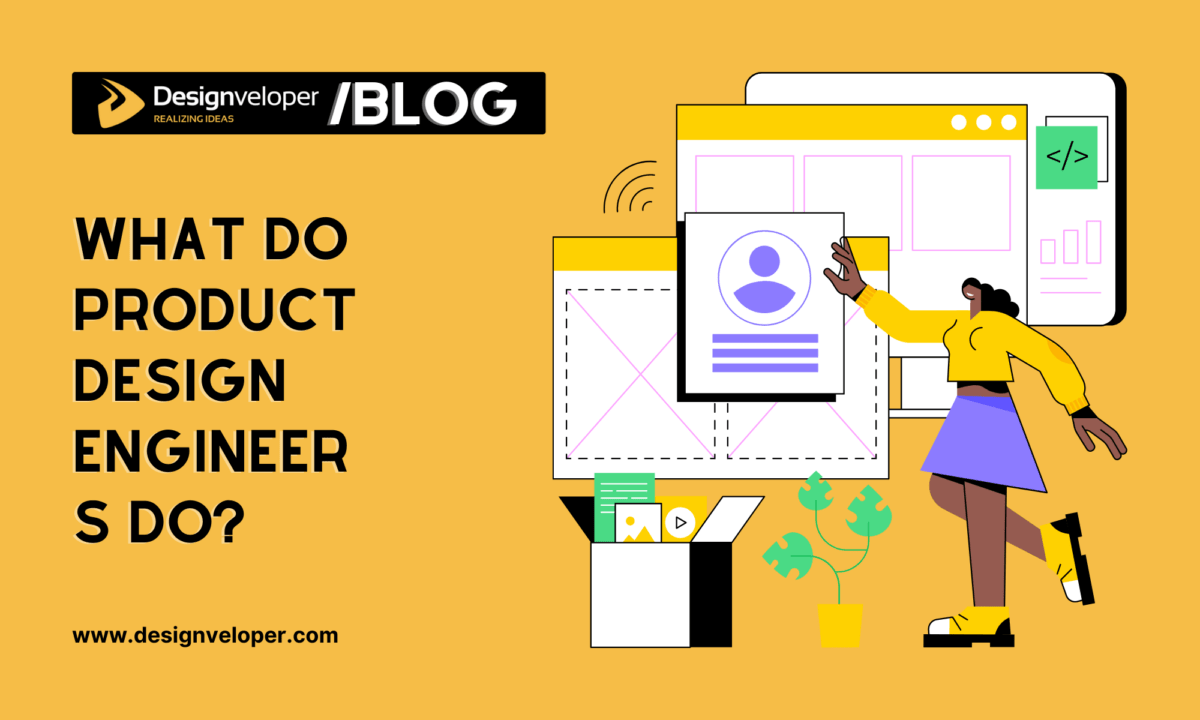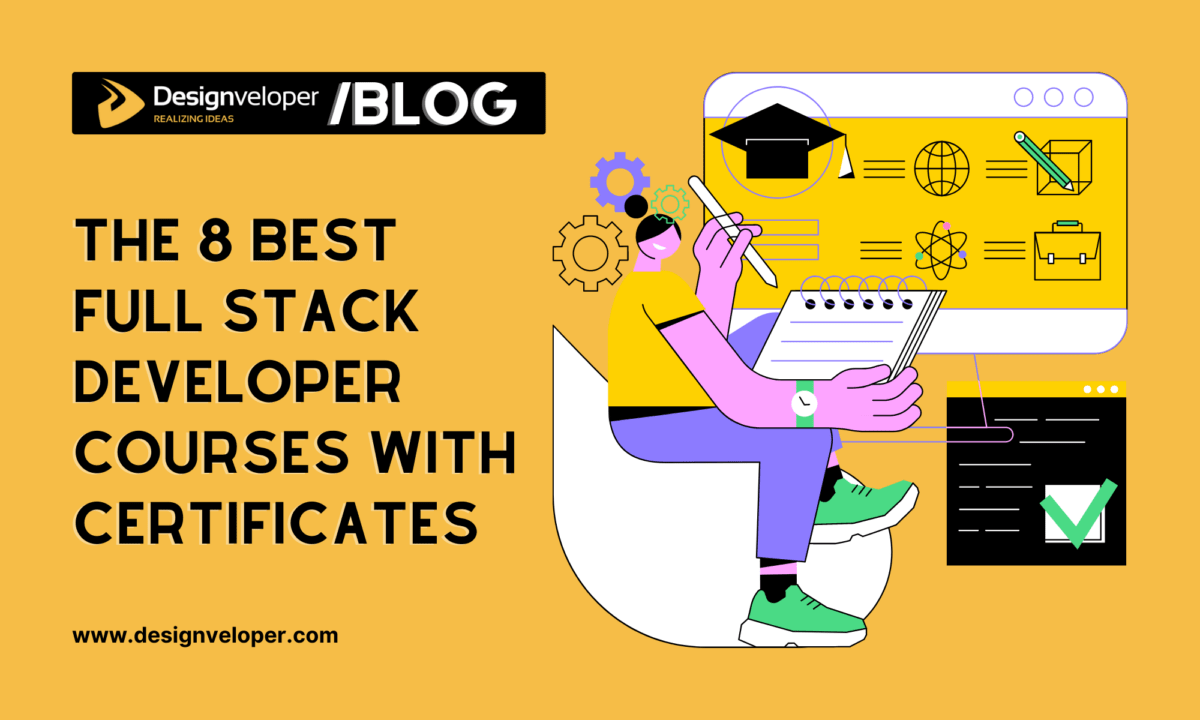The demand for full-stack developers is increasing day by day, and many beginners start to explore the position for this reason. But do you really understand all the basic things related to a full-stack guy’s job? This is the question that makes people at Designveloper conduct this piece to answer concerns one may express this title.
In this blog post, we will cover these 4 points:
- What is full-stack?
- Why should businesses hire full-stack developers?
- Why should developers go full-stack?
- What are the skills and tips to become a full-stack developer?

What Is Full-Stack?
Full-stack is a concept in the software development industry that first appeared in 2013 due to the thirst for developers to master more than just one stack.
In short, these full-stack guys do not want to sharpen skills for just client-side or server-side models but their desire is to develop all at once, even testing and design ability. Most of the time, he can skillfully handle a few stacks and be familiar with the rest.
In other words, full-stack developers are the ones who are able to take on the job of both a front-end developer (dealing with user interface) and a back-end developer (working with business logic). Besides, he/she has to be comfortable with the database layer. This means they must master all layers of the 3-tier model.
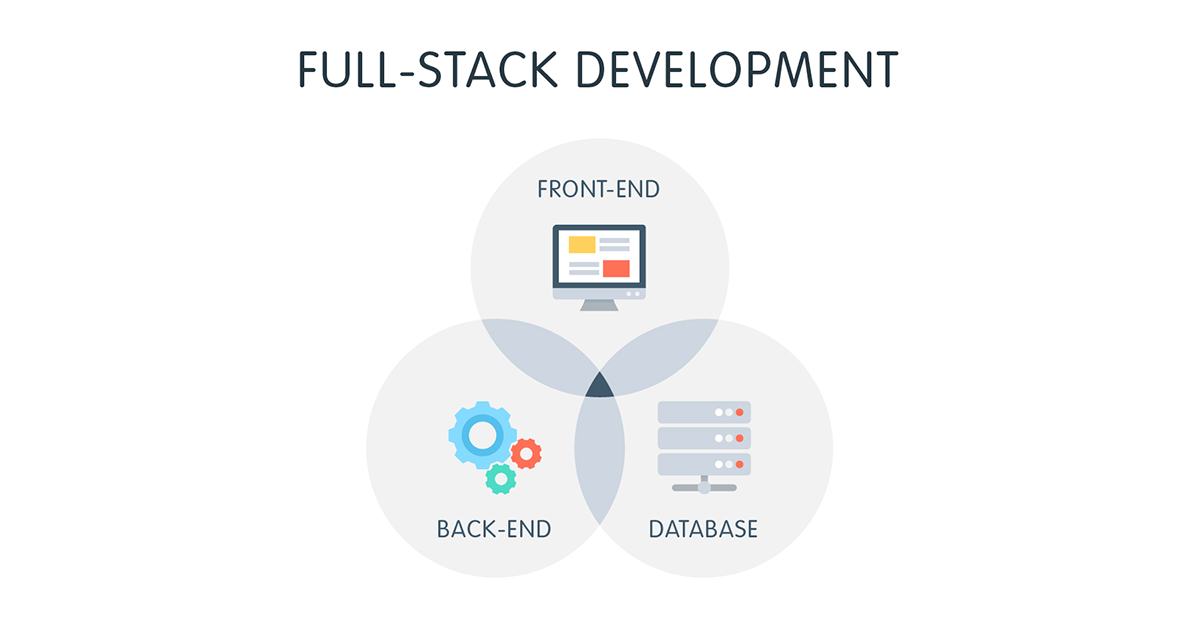
Like all full-stack developers, you are expected to manage all the work of databases, servers, system engineering, and client well.
Why Should Businesses Hire Full-Stack Developers?
Besides the cost matter (since businesses are likely to save a bunch when hiring just a full-stack developer instead of 1 front-end and 1 back-end guy), there are many other benefits a full-stack programmer could bring to a company.
First of all, he will keep all parts from the client-side portal to the server-side portal and other related issues corporating and running smoothly. This happens due to the fact that they are the person who has an unobstructed view of the project and the system.
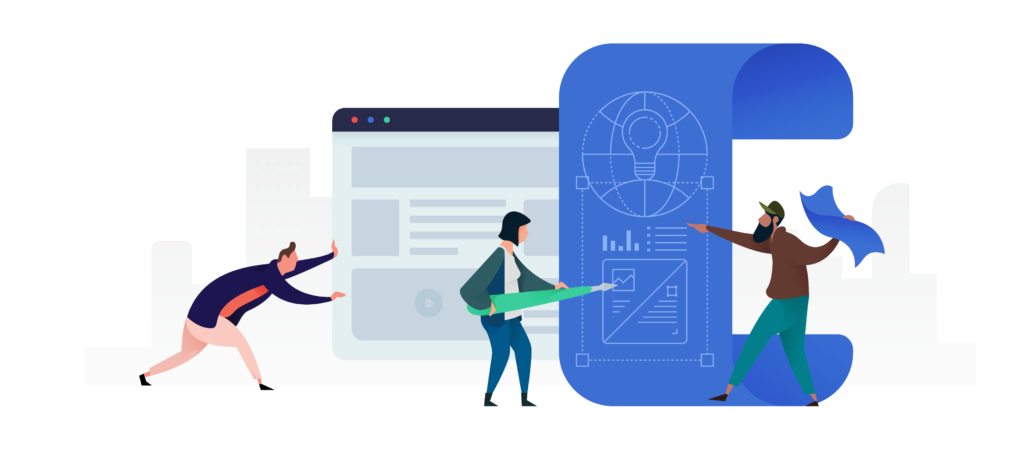
Furthermore, thanks to the wide range of knowledge, full-stack developers can easily assist their co-workers with various issues and help to reduce time and technical costs on communication by clarifying and explaining existing problems. Moreover, they are involved in a horizontal technical requirement, this enables them to create prototype designs quickly.
What’s more? They play an important role in developing the bond between all elements while the system is being constructed.
And last but not least, this staff can switch between back-end and front-end developers and dive in anywhere when needed.
Who Is a Full Stack Developer?
It is said that full-stack developers have more chances to find a job since he has a wider set of skills. As stated above, a full-stack programmer can work as a front-end developer or a back-end developer.
immediately. They don’t need to spend too much time getting familiar with new frameworks, programming languages, etc. In other words, most of them can overcome the learning curve easily.
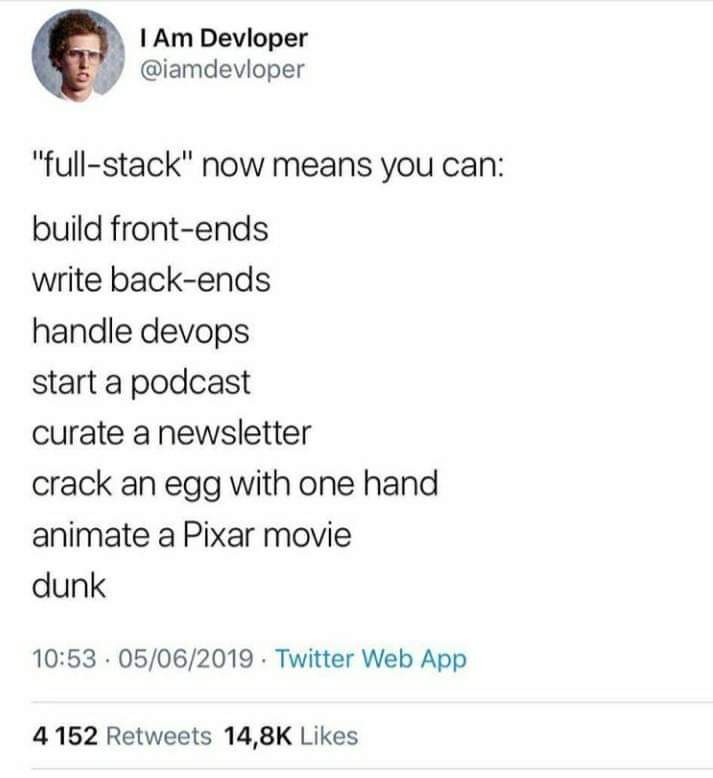
Besides, at the beginning of a project, many startups and SMEs love to recruit full-stack developers to build the general picture of the product and the system or develop minimum features of the software. Later when the product starts to be in the modular development stage, these businesses will involve front-end or back-end developers in the process.
Getting promoted easier is the second benefit of being a full-stack developer that every programmer should consider. As mentioned above, these guys have an overall picture of the project, as a result, they can take their career to a higher level such as team leaders, product managers, etc. more quickly.
Besides, full-stack developers are familiar with most of the specificity of such positions as front-end and back-end developers, designers as well as testers. They can, therefore, engage those players working with each other to make the process run smoothly.
The 7 Basic Skills and Knowledge to Become a Full-Stack Developer
1. The Courses
Front-end technologies. As a full-stack developer, you must be able to work with HTML5, CSS, and Javascript. Other than that, it is nice to have knowledge of JQuery, LESS, React JS, and Angular.
Courses to learn HTML5, CSS, JavaScript, and more: The Web Developer Bootcamp, The Complete Web Developer Course 2.0, Build Responsive Real World Websites with CSS3 v2.0.
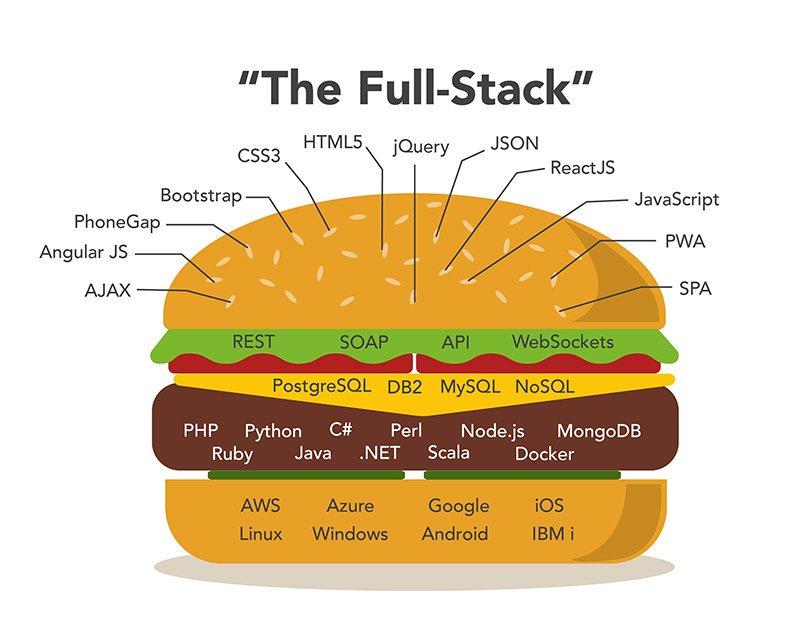
2. Programming languages.
Because most of the programs or products are written in Java, PHP, C#, Python, Ruby, Perl, etc., you are expected to master those various programming languages. At least, a full-stack developer has to be acquainted with the way to structure, design, implement and test the product in one or more languages.
- Courses to learn JavaScript: The Complete JavaScript Course: Build a Real-World Project, Modern JavaScript From The Beginning.
- Courses to learn Python: Complete Python Bootcamp: Go from zero to hero in Python, Complete Python Masterclass, The Python Bible™ | Everything You Need to Program in Python.
3. Database.
Since every project needs a database to store data, you as a full-stack developer should know how to administrate and interact with this kind of management system.
4. Web design.
As we have explained, sometimes, a full-stack guy must take on the job of a front-end developer. That’s the reason why they should learn web design as well. That said, this guy is acquired to have an understanding of UI, and typography. And animation concepts and is able to speak UI jargon fluently. Furthermore, to get assets for your UI development as well as extract parameters (opacity, gradient, colors…) a full-stack developer must know how to use graphic editors like Adobe Photoshop or Sketch.
5. Server.
Just like web design, server operation must be a skill that every full-stack programmer has to know. He/she needs to understand how the server works – from URL to the user and also how the database was formed and running.
6. Versioning control system.
Technically, a front-end developer must be comfortable when:
- Working with feature branches.
- Rebasing their work on the work of others.
- Squashing commits using interactive rebase.
- Doing work in small units that are unlikely to cause conflicts whenever possible.
Course to learn Git: Git Complete — The Definitive Step-by-Step Guide To Git.
7. Working with API.
Being proficient in how to interact with API is also an important skill to know if you want to be the greatest full-stack developer of all. The two most common software architectural styles one must be familiar with are REST and SOAP.
Recommended reading: GraphQL vs Rest. Which One Is Better?
The 3 Tips to Be a Great Full-Stack Developer
First of all, don’t be afraid to ask. If you are doubting a specific issue, then ask your manager or colleagues immediately. This way, your process will be on the right track and meet all the requirements without wasting time and effort.
On the other hand, it is crucial to define all requirements with your business analyst and project manager.
Last but not least, as suggested in this article: “How to become a full-stack developer?” A full-stack developer should start to develop his management skills to solve both technical and human matters if they ever exist.













